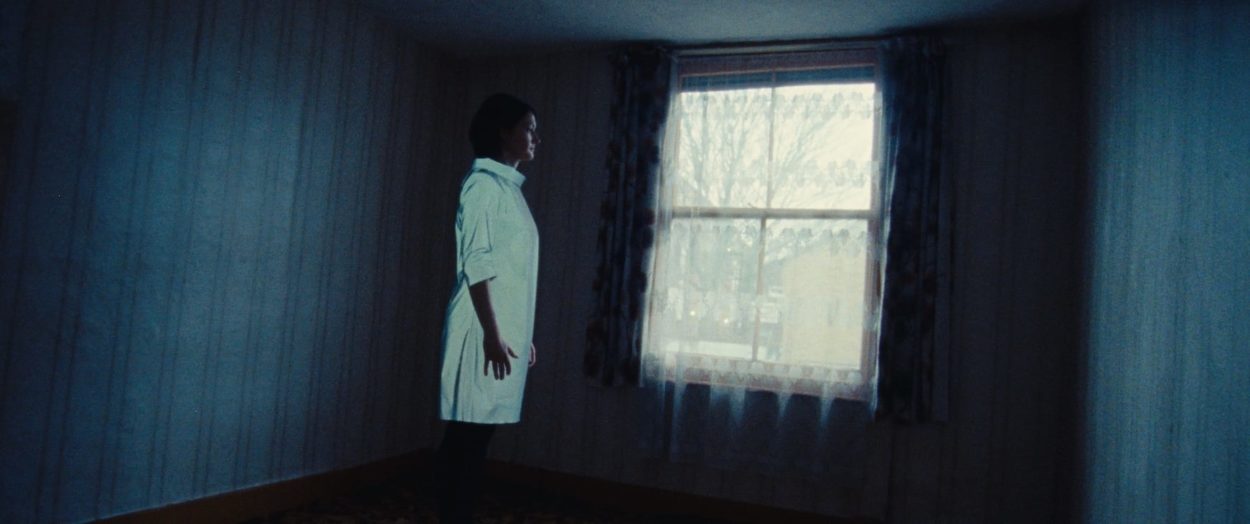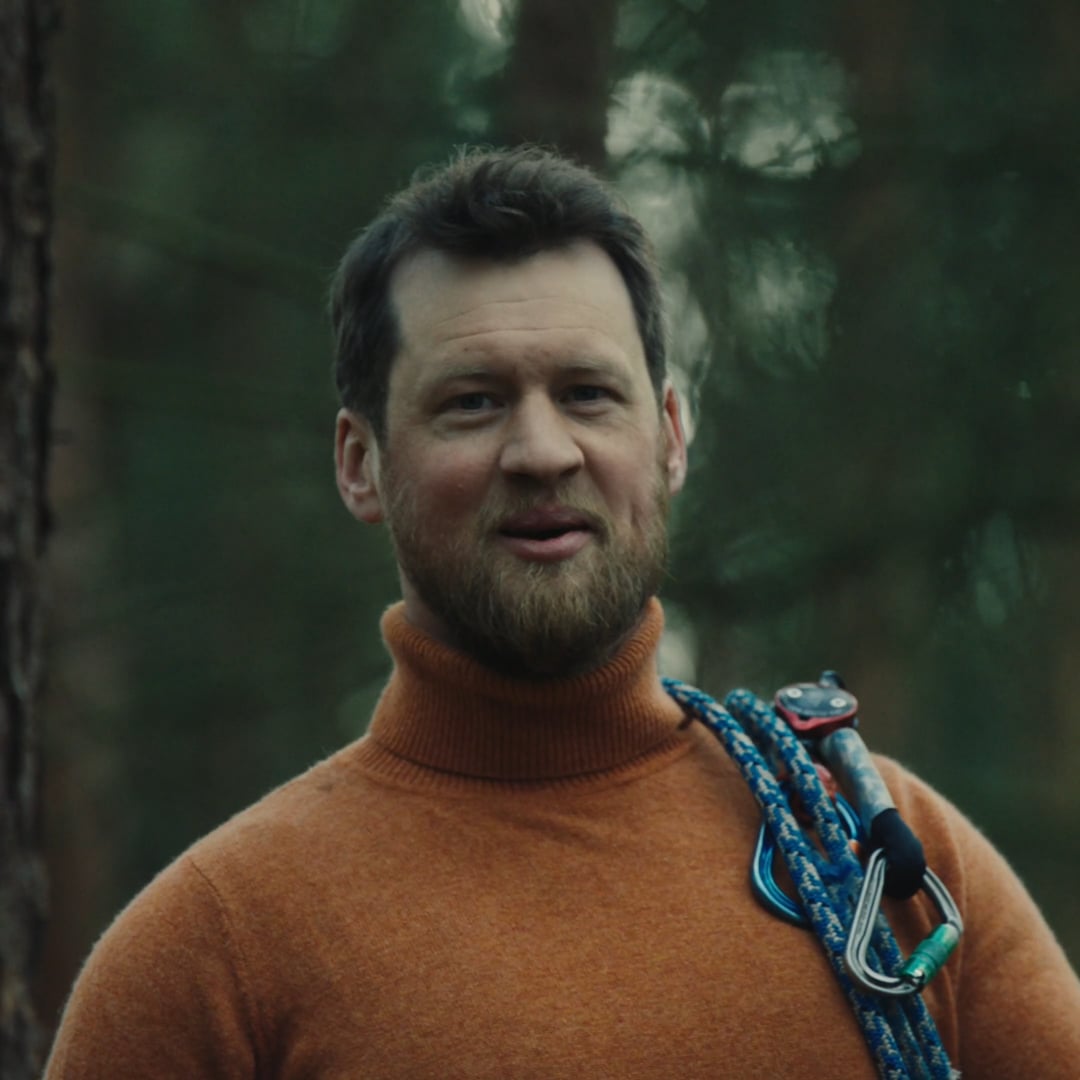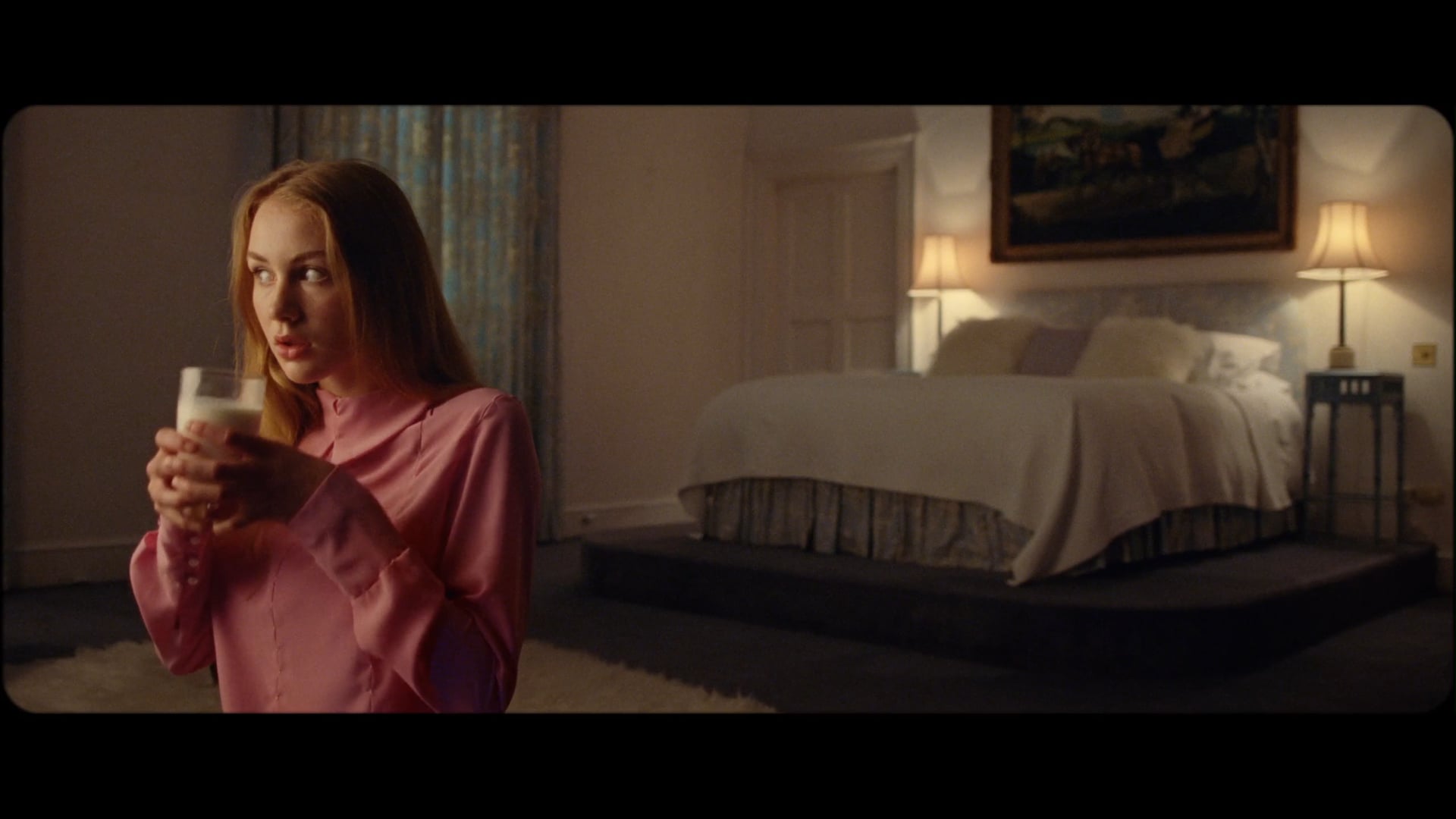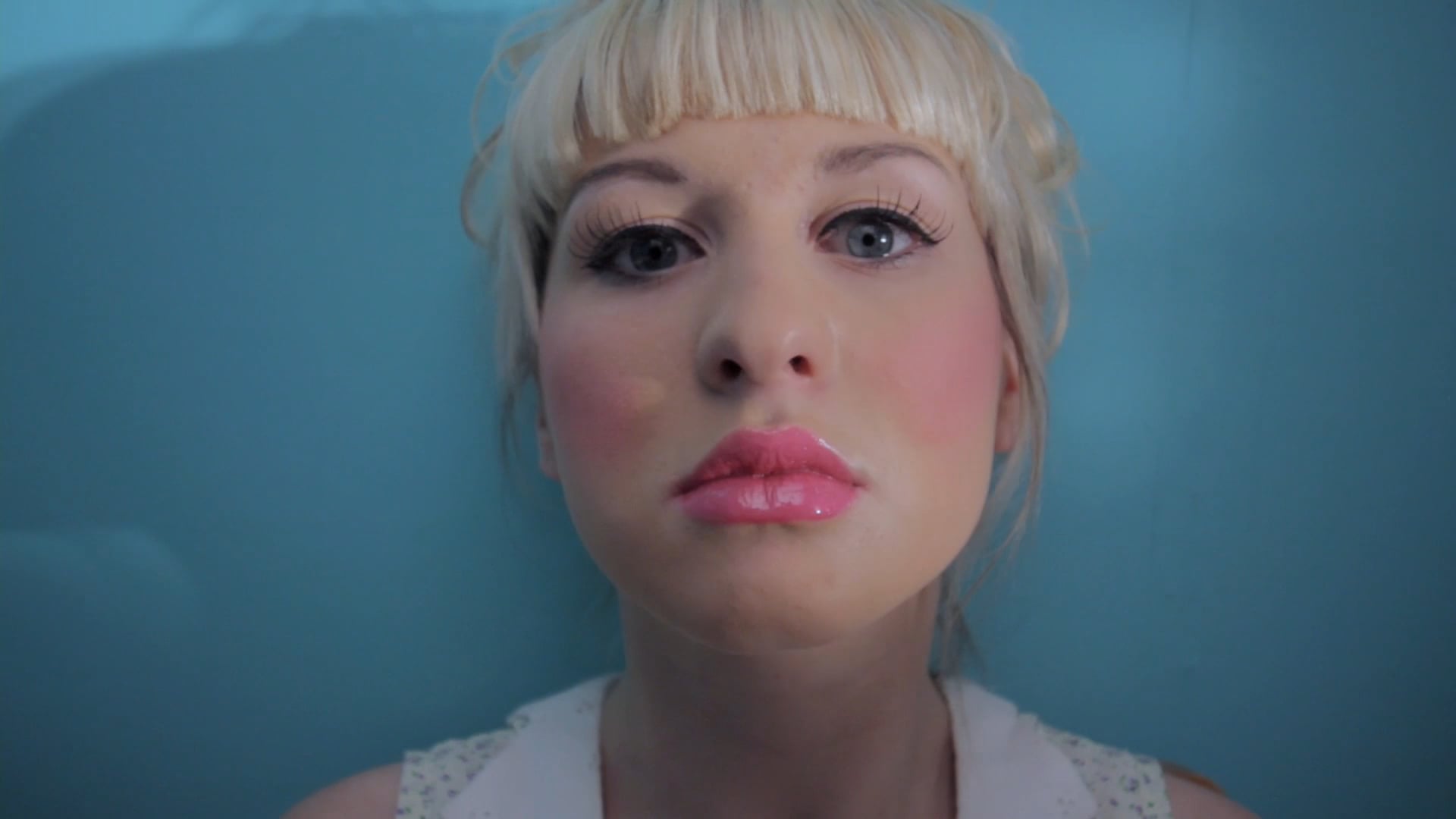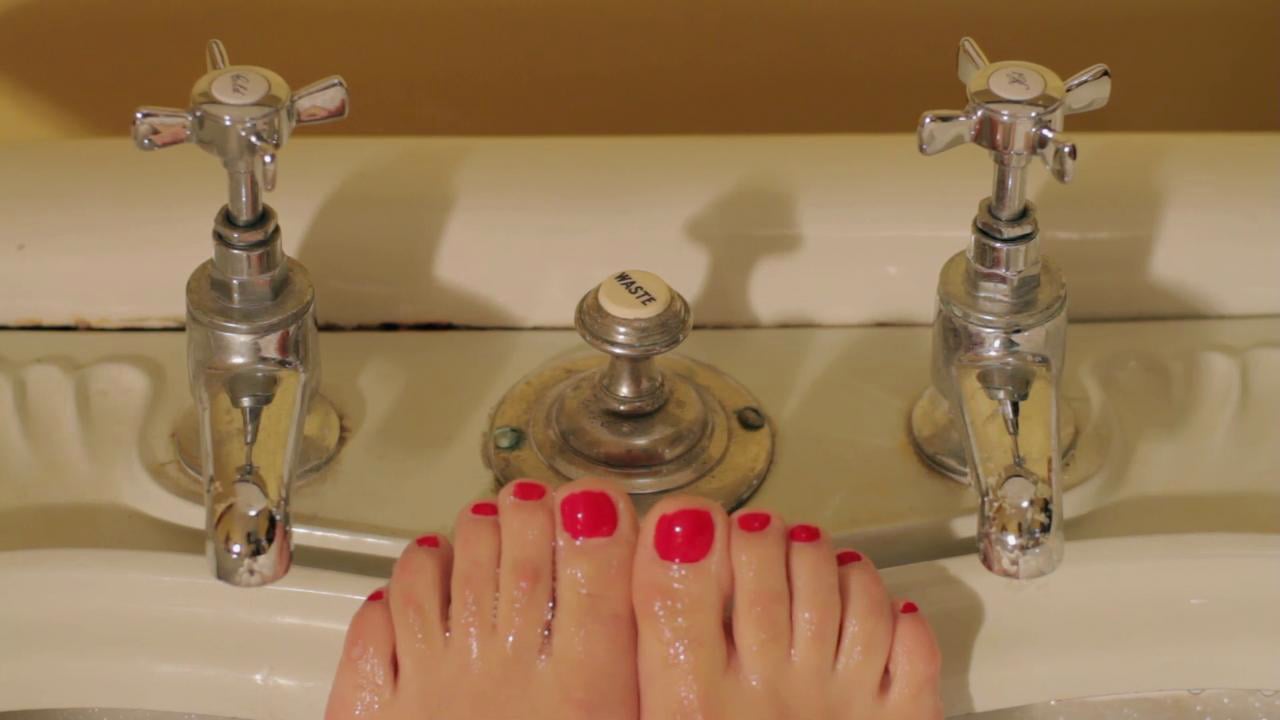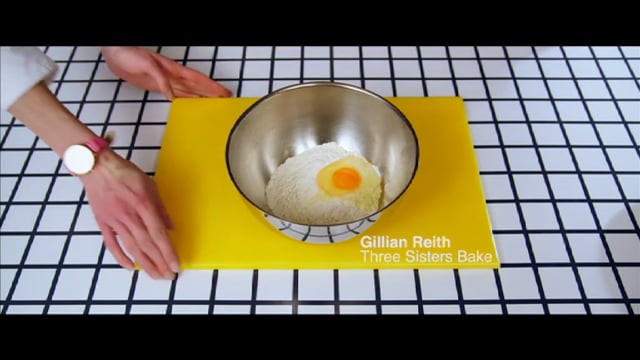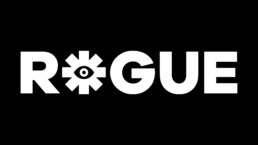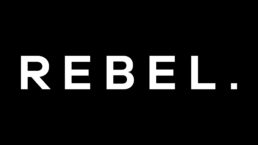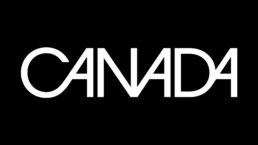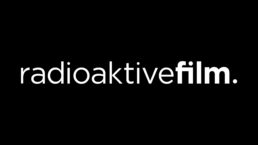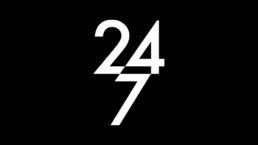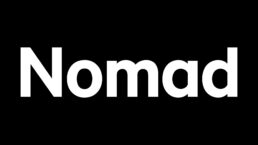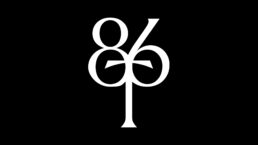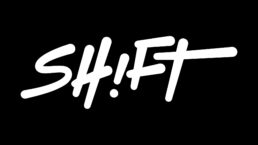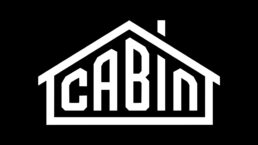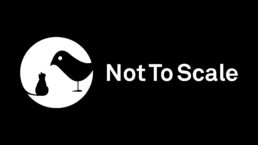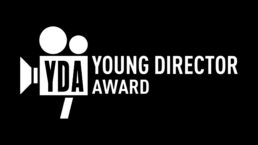Did you write the visual narrative and what was it that you wanted to express?
Yes, I wrote the visual narrative which grew from conversations about jazz, Trish’s album, visiting Guildhall School of Music where Trish is a professor part-time, and the film ‘Arrival’ directed by Denis Villeneuve which this track takes its name from – the aliens in the film are named after the comedy duo Abbott & Costello and Trish wrote this track for those aliens.
From the very first listening of Abbott & Costello I felt like it was a conversation. It’s very communicative without any words and so I was keen to create a film that allowed the audience to really tune in to the music. I wanted to make a film that brings you in but allows you to explore it for yourself and hopefully get lost in it all. That’s the very essence of cinema for me, when you completely lose yourself and it feels like it’s just you and the film.
I was also interested in making a film that expressed something about who Trish is as an artist. To me she is an extraordinary player who is just doing her thing confidently without anything flashy in her own corner of the world, this slightly dark corner of jazz that is really in the midst of a special moment right now. So the house in the film encapsulates this for me as it brings up ideas around people living ordinary lives, living in ordinary homes but making all this amazing music, it’s magical. It’s all seemingly very ordinary but not, and I love this.
Please tell us how you mapped out the techniques. Was it a matter of experimenting and trialing camera moves?
First of all I mapped out a timeline of the track so I knew what was happening when and therefore how long each shot had to be. I had to do this with pencil for some reason. During the recce with cinematographer Ian Forbes and producer Rebecca Wolff we roughly assessed the space thinking about how the rig might move but mainly looking for the start and end points with a rough in-between path.
We had to believe we could work it out on the day with Andrew through trying things out and really looking. We didn’t want to get locked into ideas that wouldn’t necessarily work once we had the instruments and Steadicam AR rig all in. So it felt like a slight leap of faith when there is nothing to hide behind on such a minimal film but Andrew really got what we were trying to do very quickly and came up with some slick moves for the rest of the day. I had a set of key words for each scene for a rough progression but when we all saw the right move we knew it was the one.
Did a lot change in the edit process from how you originally imagined the film?
This idea is like a one-shot film in that it relies on pre-determined timings so there’s only so much you can do in the edit which I really like. It’s also why I like shooting film – you feel the pressure to make a decision earlier on. I also enjoy making rules and then being able to break them because you realise something is better.
The most obvious edit decisions were swapping the piano and saxophone around and the montage sequence at the end. The piano and sax were swapped because we hear the piano solo at that point so it felt right seeing that instrument. The montage sequence was always going to be a case of finding the right parts in the edit. I always had the Sound of Music’s ‘So Long Farewell’ in the back of my mind for this point where all the instruments play the same rhythms together for the first time. I think you really feel this sense of togetherness, at one point I did get quite emotional watching this back. It was a late night.
The main part of the edit was the painstaking fine tuning. Retimings, speed ramps, subtle reframing…a lot of online finishing and my edit setup wasn’t the best for the workflow I opted for. To do this I had to keep rendering out sections to see the work which over seven minutes, patience was needed.
I also did the online in a different program to the offline which I will think twice about next time. So the edit became a forensic, microscopic process, including getting the black level in the voids consistent so this was very much a collaboration with colourist Jonny Tully who really supported me in the post. The details were very important in making the transitions as seamless as possible. This was also a big part actually, playing with the length of time we are in black. I was shy of it in the earlier offline and then I got bolder with them while onlining. Definitely thankful to John Maclean for his film Pitch Black Heist in being bold with the pivotal scene taking place in darkness.
What were the main challenges of the production?
Light! Ian and I set out to use available light and not get loads of lights when we knew we wouldn’t have the resources to handle them, we wanted to keep this side simple. Ian did build an on-camera LED source for Trish’s shot to illuminate her custom-made Scotch Lite dress, but with a very overcast day, we were chasing the light. The house ended up not having fully working electricity either but all of this actually created one of our favourite shots which was pretty dark for someone shooting film by the book – the blue tinged guitar shot with the fuzzy red light. We might have played it safe had we had the resources and this is the kind of thing I was really hoping to come away with from doing this scale of project.
What led you to directing? Did you go to film school?
I twisted and turned into directing. I used to do ballet and play the oboe but practised neither well enough to pursue seriously. I’ve always loved science and maths, but not enough to pursue either of these on their own so I found a college course that I could get onto that I thought I would enjoy which was a sound technology course. From doing this I found my way to an art course called Time Based Art. I’d seen my Mum go to art college as a mature student and just loved the idea of wearing my purple cords and being around all this visual stuff. At the time this course was somewhere between ‘new media’, film and a fine art course. Very self-motivated with lectures on cyborgs, post-modernism and internet art. I made a series of films for my degree show which got picked up by some commercial producers in Scotland so I would sporadically work on Scottish television commercials which allowed me to be somewhat sustainable and practice filmmaking.
Do you feel you are constantly evolving with each new piece of work – and which ones do you rate the most and why?
Yes! Every time I do something it feels completely new and that feels good or it’s my terrible memory. I’m also getting a much better sense of what interests me and what it is I bring to a project which I find really hard to find the words for! I don’t really intellectualise much before making a piece of work, things either feel right or they don’t. With commercials this is a skill I’ve had to work quite hard at though because you need to have a rationale to share with everyone else whose work it is too. With each new piece I always want to do something completely different to what I’ve done before and then end up blending that with the in-built filter. I’ve realised that I love working with subjects I know nothing about or that challenge me and take me to a place I’ve never been to before. If I’m discovering something then I think that translates and I always want a film to take you somewhere.
I have a soft spot for Egg & Fag which was so pure. I made it with some of my very best friends and was great not knowing anything! While it’s good to be learning and evolving I think naivety is good especially when it comes to forgetting about all the pain. I’m really good at this. It was also the first proper collaboration with a cinematographer. Ian probed and suggested things to me. So it really taught me how to open up and embrace other people’s ideas which is the beauty of making films – I couldn’t and don’t want to do this on my own. Thoroughly enjoyed doing the sound design for this too. Bolt, another degree show film because of this man who kept coming back to watch my films during the degree show and would laugh his head off at it. In my commercial work I was pleased with a Royal Bank of Scotland social film because of the faces and characters we managed to get. The script was also good fun with a healthy dose of self-deprecation.
Bubblegum, which much like the film I’m taking ages to get it out there but looking back at it, it’s a very personal film made out of a bit of frustration and angst, both good creative fuels. Stovies was the very first narrative film which was the first time I started to think about story and narrative. I didn’t think I was that into stories but I realise now the stories I liked weren’t just words written in a book.
What are you working on at the moment?
I’m pitching on music videos, commercial projects and short commissions as well as developing a short film about empathy and a karaoke singer. I’m also looking forward to seeing a short film I made for the Straight 8 short film competition in London’s Regent Street Cinema at the end of this month. First time I will see it is in the cinema with an audience. Terrifying and exciting.
Is there anything else you’d like to share?
Yes I would really like to thank every single person who worked on this! And go and see Trish play live.
Links: HLA
